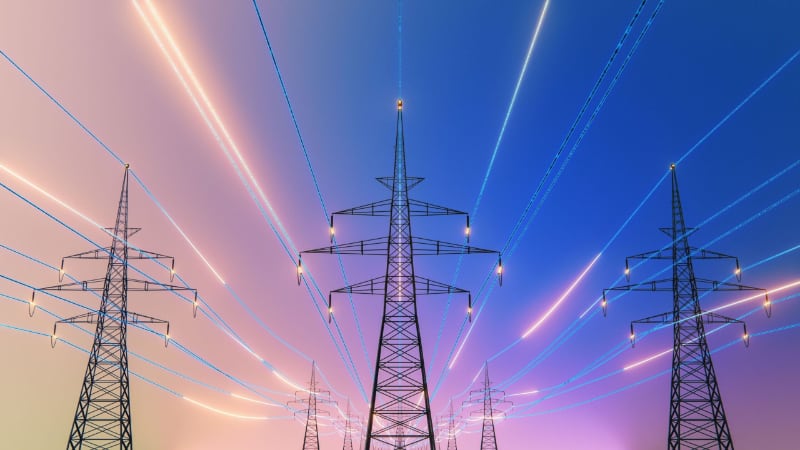
The line between centralized or utility-scale energy generation and distributed energy has become blurred. As costs decrease at small scale and new technologies enable an endless variety of solutions, utilities and their customers are increasingly looking to what has typically been behind-the-meter solutions to solve energy challenges.
Three factors are driving the increased interest in smaller, distributed energy projects:
- Improved resilience. The closer energy generation happens to consumption, the fewer possible failure points that may be encountered. A grid connection can be highly reliable as measured by a percentage of uptime for all customers, but some customers may have a higher degree of sensitivity to even occasional outages. Utilities can build resiliency on top of their reliability for those customers through the addition of distributed energy assets. Removing the reliance on centralized generation can also reinforce facilities like schools and fire stations to allow them to serve as community resiliency hubs in the event of a local natural disaster that interrupts utility services.
- Lower capital cost. Distributed energy can provide non-wires alternative solutions to problems that typically needed to be addressed via miles of additional distribution infrastructure. Generating the energy where it is going to be used means that infrastructure, or a portion of it, is not needed. This can lead to lower upfront capital costs and can also be easier to maintain, especially in rural areas or climates prone to extreme weather or fire.
- Additional opportunities to reduce carbon intensity. Distributed energy opens up more opportunities for sustainable generation like wind and solar. Large utility-scale deployment of renewables has a large impact on the grid carbon intensity but can take years to develop and implement. They can also be disruptive to the community and difficult or impossible to deploy in certain areas. Distributed energy puts another tool in the toolbox of decarbonization, opening the opportunity to add renewable energy in otherwise non-feasible locations. These smaller scale systems also create an opportunity for the utility to collaborate with the behind-the-meter customer on various generation assets. A microgrid built by the utility could receive energy from a customer-owned roof-top solar array, for example. An islandable utility battery energy storage system could provide PV shifting for customer-owned solar.
FTI is uniquely capable of providing utilities with consulting, engineering, design, construction and O&M services in the application of distributed energy assets in front of the meter. We bring a deep knowledge of distributed energy technologies and their benefits, along with utility-scale experience and knowledge on the technical hurdles of incorporating solutions with the larger grid. Contact us today to learn more.










